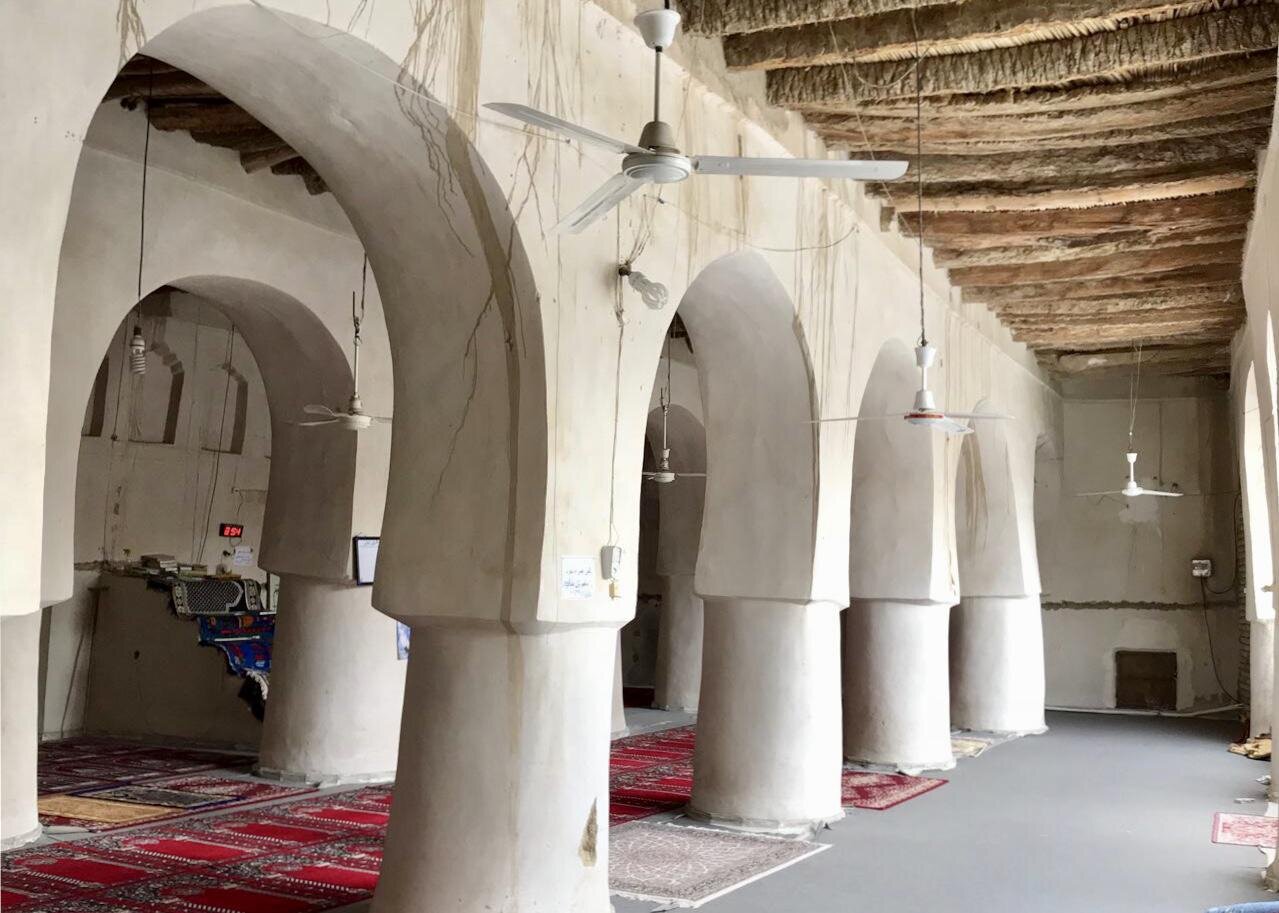12 mosques in Sistan-Baluchestan made national heritage

TEHRAN – A selection of 12 historical mosques, located in Iran’s southeastern Sistan-Baluchestan province, have recently been registered on the national list of cultural heritage.
“12 mosques in different cities of the province have been registered as religious tourism centers on the national cultural heritage list,” the provincial tourism chief said on Monday.
These mosques are located in the cities of Zahedan, Fanuj, Chabahar, Khash, Sarbaz, Saravan, Iranshahr, Nikshahr, and Hamun, Alireza Jalalzaei said.
These mosques are considered architectural landmarks of the province, so the Ministry of Cultural Heritage, Tourism and Handicrafts approved proposals for their registrations on the prestigious list, the official said.
Moreover, that designation paves the way for further protection of mosques, Jalalzaei added.
Sistan-Baluchestan is a collective province: Sistan in the north and Baluchestan in the south. In ancient times, the region was a crossword in the Indus Valley and the Babylonian civilizations.
Iran is home to countless mosques and holy shrines in the country, many of which represent a combination of symmetry, geometric designs, and vibrant colors, creating an astonishing view that no visitor can forget easily. The architecture of the mosques in the country varies from one region to another. However, they often boast very complex structures in which color variations, tiles, and symbolic designs are utilized.
The mosque, according to Islamic tradition, is any house or open area of prayer in Islam. The Arabic word masjid means “a place of prostration” to God, and the same word is used in Persian, Urdu, and Turkish. The first mosques were modeled on the place of worship of Prophet Muhammad (PBUH); the courtyard of his house in Medina.
AFM
